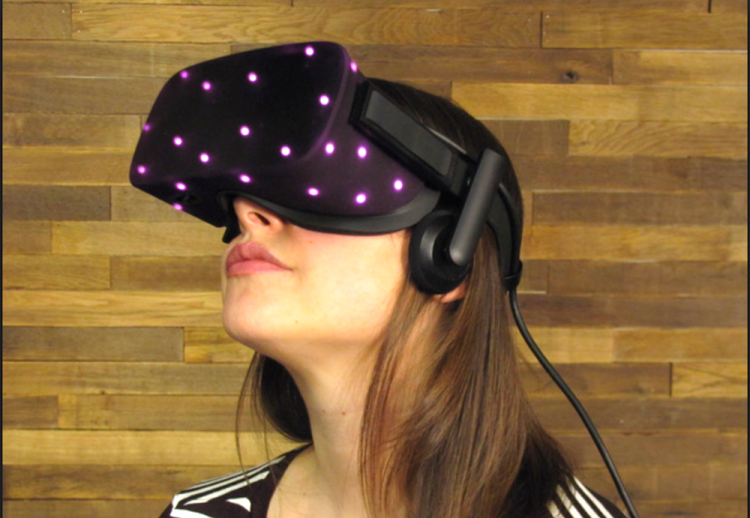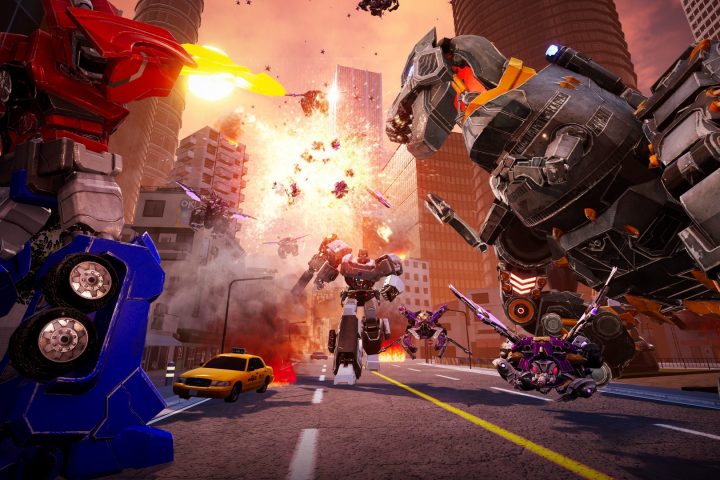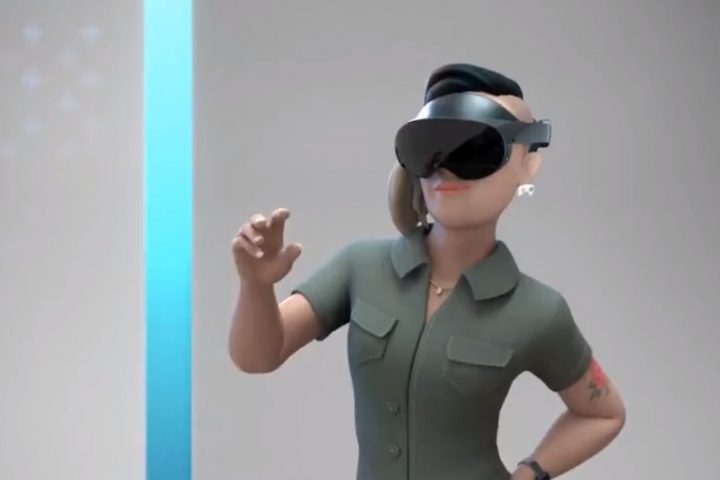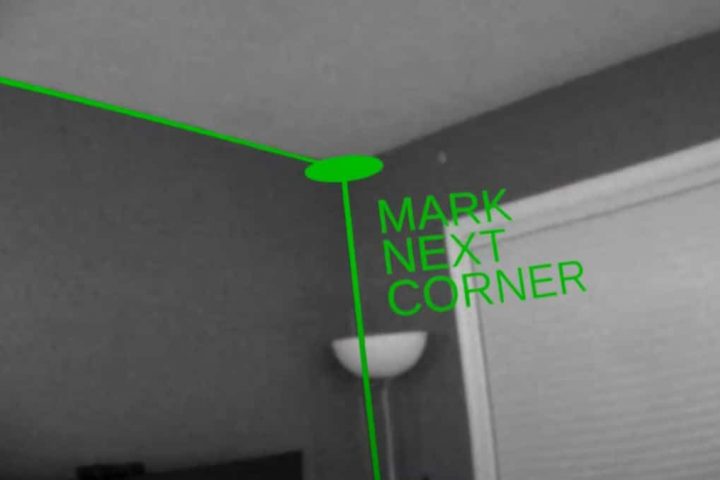The Oculus Rift is having problems…again. The issue is not on the operations side with shipping woes or on the marketing side with price complaints. This time the problem is actually within the product itself. The Rift is having trouble tracking some users in 3D space. For a VR company like Oculus, this problem is a lot bigger than any $500 million lawsuit. Therefore, our discussion question for you all this week is this: was the constellation tracking system a long-term mistake for Oculus as a company?
What is Constellation?
This may be old hat for some of you but bear with me while I briefly explain constellation tracking to those that may not know.
Constellation is the Oculus method of tracking a user throughout a room. This is what lets the computer know where your headset and hands are in 3D space. Basically, any time you lean forward or backward inside a Rift headset and the experience responds, that’s Constellation at work.
The system gets its name from a slew of infrared lights placed at strategic locations on both the Oculus Rift headset and the Oculus Touch controllers. These markers — laid out almost like a constellation — are picked up by the Oculus Sensors, which are designed to detect the light of the markers frame by frame. These frames are then processed by Oculus software on your computer to determine where in space you’re supposed to be.
So What’s The Problem?
Constellation tracking has two big problems right now. The first has been around for a long time now and is called occlusion.
Basically, if something like a desk, a wall or even your own hands get between too many infrared markers and a Rift Sensor, then the infrared markers will be blocked, or occluded, and tracking will be rendered impossible. This is why Touch ships with an additional camera, so that you can place them in different areas and keep your hands from occluding one another. However, multiple Sensors can’t solve everything.
Ever since Oculus released Touch it has allowed its users to create an experimental “room-scale” setup with three total Sensors placed strategically around the play space. What this should do is make it so no matter where you’re facing, at least one of the Sensors is able to see enough of the infrared markers on your headset and both Touch controllers. Instead, these larger Sensor formations have led to reports of tracking issues.
This issue seems to be centered on the software powering Constellation itself. In an effort to help with these issues, Oculus released a patch (1.11) but that patch has yet to fully alleviate all of the tracking problems. In fact, for some people it seems to have created new issues. With major content launches inching ever closer, the clock is ticking to restore the Rift’s tracking viability.
What Do You Think?
So was Constellation tracking a mistake? Would it have been a better long-term decision for Oculus to wait and develop a system like the SteamVR Tracking platform that powers its rival: the HTC Vive? Or are these tracking issues just a bump in the road of an otherwise successful platform? Let us know what you think in the comments below!
Tagged with: community download, constellation tracking, mistake, oculus, rift, tracking
Source: Community Download: Was Constellation Tracking a Long-Term Mistake for Oculus?





